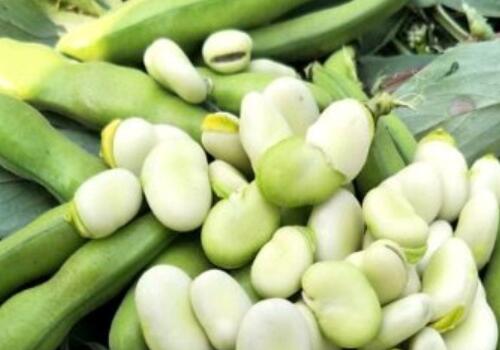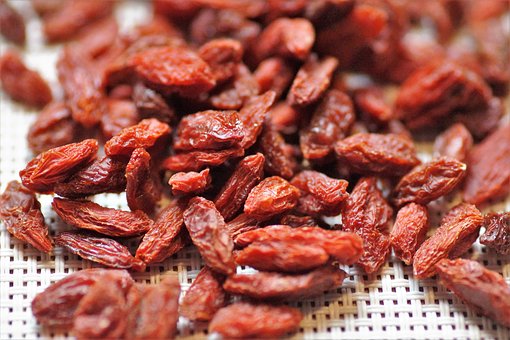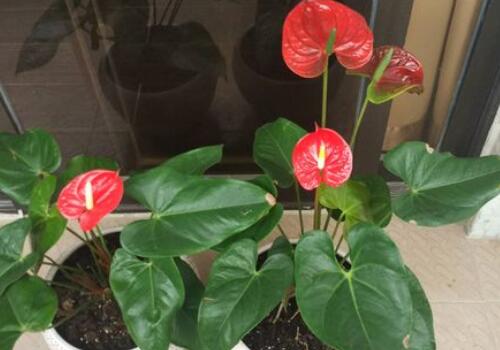When is the annual herb broad bean usually planted? What are the methods? What is the reason for falling flowers and pods?
Broad beans, also known as South beans, Hu beans, Vertical beans, Buddha beans, annual herbs, 30-100 (120) cm high. For grain, vegetables and feed, green manure dual-use crops. When will the broad beans be planted? What are the methods? What is the reason for falling flowers and pods?

When will broad beans be planted?
The main results are as follows: 1. generally, spring silkworm beans in the north and northwest are sown from early March to mid-April; autumn broad bean in the south is sown in October, that is, the lower reaches of the Yangtze River is in the middle of October, the middle reaches of the Yangtze River is in late October, and South China and Zhejiang are in late October. Yunnan and Guizhou are three-dimensional agriculture, and the sowing time in different regions is from September to October, with the largest sowing area in the first and middle of October.
2. Broad bean is suitable for sowing from October 5 to 15 in the bean planting area at an altitude of 1550mi 1700m, sowing in the bean planting area at an altitude of 1750mi 1900m from October 10th to 20th, and sowing at an altitude of 1950mi 2200m and above on October 15-25.
What are the planting methods of broad bean?
1. Select improved varieties: broad bean should choose excellent varieties with high yield, good quality and strong disease resistance, especially local large white cucurbit bean.
2, fine ground preparation: broad beans like wet but not resistant to waterlogging, should select soil fertile, sunny sufficient land for planting, before harvesting, ploughing and leveling, winter fallow fields to open a good enclosure, box ditch, according to the box width of 1 to 1.5 meters, the box height of 25 centimeters, the ditch width of 35 centimeters of the specification to make a deep trench high box, rake flat box surface, so that the trenches are not waterlogged.
3. Rational fertilization: farm manure, phosphorus and potassium fertilizer are the main fertilizer. Generally, pig and cow manure, soil manure or compost 1000kg / mu, calcium superphosphate 30kg / mu, plant ash 100kg / mu are used as base manure, and cover seeds are applied in the nest after sowing. When the seedlings reach 5 ~ 6 true leaves, 5 kilograms of manure per mu is added with potassium sulfate or potassium chloride and poured with water. In the first pod stage of full bloom, 0.2 kg potassium dihydrogen phosphate 0.5 kg / mu was sprayed with 50 kg water to prevent falling flowers and pods and affect the yield.
4. Sowing at the right time: early sowing will appear early blossom and affect yield, while postponing sowing will affect crops in spring next year. 5 days before and after Frosts Descent, sowing according to the specification of row spacing 33 cm and nest spacing 12-18 cm, sowing 2-3 grains, sowing depth 5-6 cm, sowing amount 8-15 kg per mu, covering soil and miscellaneous fertilizer after sowing, and mixing rhizobium if possible.
5. Strengthen field management: mainly grasp five key techniques: first, if missing plants are found 7 days after sowing, the denser seedlings should be dug nearby and replaced with soil, or the seeds that have been accelerated can also be used to replant. Second, when the seedlings reach 5 to 6 true leaves, ploughing and cultivating the soil once combined with topdressing. Third, in the full bloom, choose a sunny and windless morning, cut with a sickle, or pick the terminal bud 4cm by hand.
6. Topping and pruning to control diseases. Broad bean topping is carried out twice, the first time before and after the Winter Solstice, remove the growth point of the main stem, promote early branching, increase the number of effective branches; the second pruning in 30-40% of the plant began to form the first pod, the removal of twigs 2-3 cm, can increase the pod rate by about 20%. The main diseases of broad bean are red spot, rust and so on. Pay attention to prevention and control.
What is the reason for broad bean falling flowers and pods?
1. There are many reasons for broad bean falling flowers and pods, and the relationship is very complicated. But the main reasons can be summarized into two aspects: one is determined by the physiological characteristics of broad bean itself, which is the result of automatic balance of competition among different organs in the process of growth and development, and the other is due to adverse environmental conditions and extensive cultivation management.
2. Broad bean has unlimited growth habit, and the shoot tip (apical bud) continues to vegetative growth until the pod is ripe. In this process, reproductive growth and vegetative growth are carried out simultaneously. During this period, the buds, flowers and pods of the reproductive organs continued to differentiate and develop, and the vegetative organs such as roots, stems and leaves still grew rapidly, while the stem tip always played a major role in the absorption and distribution of nutrients in the plant, resulting in the lack of nutrients in the lower flower pods. The plant can only ensure the concentrated supply of nutrients to the remaining flowers and pods by reducing the total number of flowers and pods. Therefore, the vegetative growth of the upper part has a great competitive effect on the reproductive growth of the lower part, which limits the fruiting development of most flowers and pods. Therefore, timely topping can increase the pod setting rate and yield of broad bean.
3. Among the environmental factors, light, temperature, water and fertilizer can have a very complex effect on the shedding of broad bean and flower pods: excessive sowing density can lead to plant growth due to poor light conditions between branches and increase the shedding rate of flowers and pods. Some disastrous climates, such as low temperature, frost, drought, continuous overcast and rain, will lead to frost injury and poor pollination, directly causing a large number of flowers and pods to fall off. In particular, if broad bean suffers from insufficient or excessive water during the flowering and podding period, its flowers and pods will fall off more.
Time: 2019-04-08 Click:
- Prev

Solanaceae plant medlar market price how much money a catty? Can I plant plants? When do you plant it? How does it work?
Lycium barbarum L. is a common Solanaceae plant in northwest China. It is widely cultivated because of its high medicinal value. At present, it is sold in all major markets and its price is small and expensive.
- Next

Is perennial anthurium poisonous? Where should I put it at home? What are the key points of maintenance technology?
Anthurium generally refers to the flower candle, also known as red goose palm, fire crane flower, Anzu flower, Araceae perennial evergreen herbs, can blossom all the year round. Is the palm poisonous? Where should I put it at home? What are the key points of maintenance technology? Is anthurium poisonous? 1. Anthurium andraeanum is a plant of the genus Candle in Araceae.
Related
- Fuxing push coffee new agricultural production and marketing class: lack of small-scale processing plants
- Jujube rice field leisure farm deep ploughing Yilan for five years to create a space for organic food and play
- Nongyu Farm-A trial of organic papaya for brave women with advanced technology
- Four points for attention in the prevention and control of diseases and insect pests of edible fungi
- How to add nutrient solution to Edible Fungi
- Is there any good way to control edible fungus mites?
- Open Inoculation Technology of Edible Fungi
- Is there any clever way to use fertilizer for edible fungus in winter?
- What agents are used to kill the pathogens of edible fungi in the mushroom shed?
- Rapid drying of Edible Fungi

